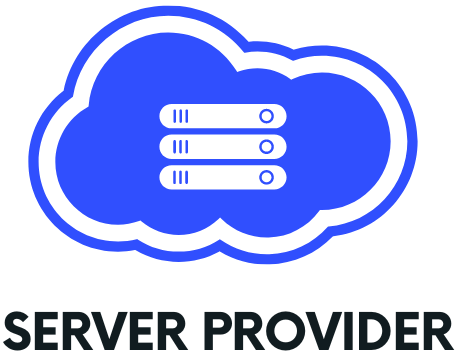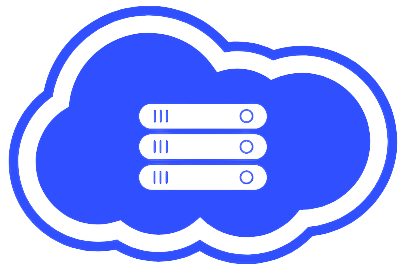Dedicated servers are an essential component of many businesses and organizations, providing powerful, reliable, and secure hosting for a wide range of applications. However, to get the most out of your dedicated server, it’s important to have a good understanding of the basics of networking. In this blog post, we will provide a beginner’s guide to dedicated server networking, covering the key concepts and technologies that you need to know.
- IP Addresses
An IP address is a unique numerical label assigned to each device connected to a computer network that uses the Internet Protocol for communication. IP addresses are used to identify and locate devices on a network and are essential for communication between servers and clients. There are two types of IP addresses: IPv4 and IPv6. IPv4 addresses are 32-bit numbers, while IPv6 addresses are 128-bit numbers.
- Subnets and CIDR
A subnet is a logical division of an IP network into multiple smaller networks. Subnets are created by dividing the IP address into two parts: the network address and the host address. CIDR (Classless Inter-Domain Routing) is a method for allocating IP addresses and routing IP packets. It allows for more efficient use of IP addresses by allowing a single IP address to be used to represent a group of IP addresses.
- Network Mask
A network mask is used to identify the network and host portions of an IP address. The network mask is a series of bits that indicate which portion of the IP address represents the network and which portion represents the host. It is used to define the boundaries of a subnet.
- Gateway
A gateway is a device that connects two networks together. It is responsible for forwarding data between the two networks and can be used to connect a local network to the Internet.
- DNS
DNS (Domain Name System) is a system that translates domain names into IP addresses. It is used to resolve human-friendly domain names, such as www.google.com, into their corresponding IP addresses, making it easier for users to access websites and other online resources.
- Network Latency and Bandwidth
Network latency refers to the amount of time it takes for a data packet to travel from one point to another on a network. It can be affected by a number of factors, including distance, network congestion, and the number of hops the data packet must make. Bandwidth, on the other hand, refers to the amount of data that can be transmitted over a network in a given period of time. It’s important to ensure that your dedicated server has enough bandwidth to handle the traffic to and from your website or application.
- Network Security
Network security is crucial for protecting your dedicated server and the data it holds from unauthorized access and malicious attacks. This includes implementing firewalls, using VPNs and SSL certificates, and regularly updating software and security patches.
- Network Monitoring and Management
To ensure that your dedicated server is running at optimal performance, it’s important to monitor your network and manage it accordingly. This includes monitoring network usage and traffic, identifying and troubleshooting network issues, and implementing performance optimization techniques.
In conclusion, understanding the basics of dedicated server networking is essential for ensuring that your server is running at optimal performance and is secure from potential threats. By familiarizing yourself with the key concepts and technologies discussed in this blog post, you will be well on your way to managing and maintaining your dedicated server effectively.

